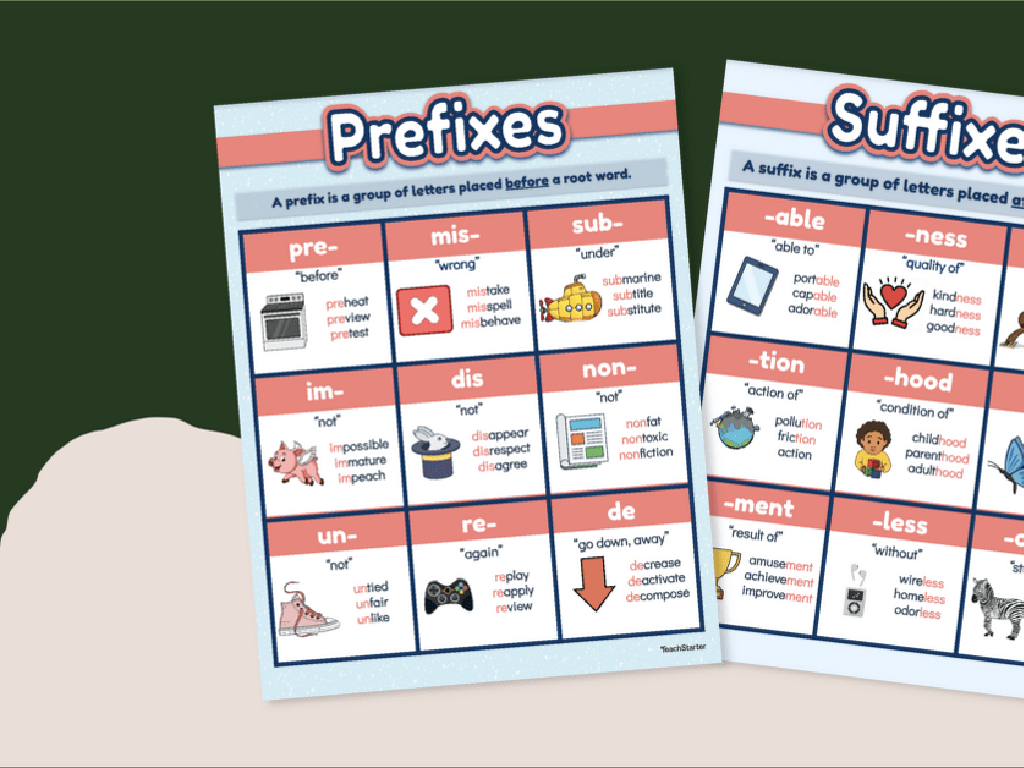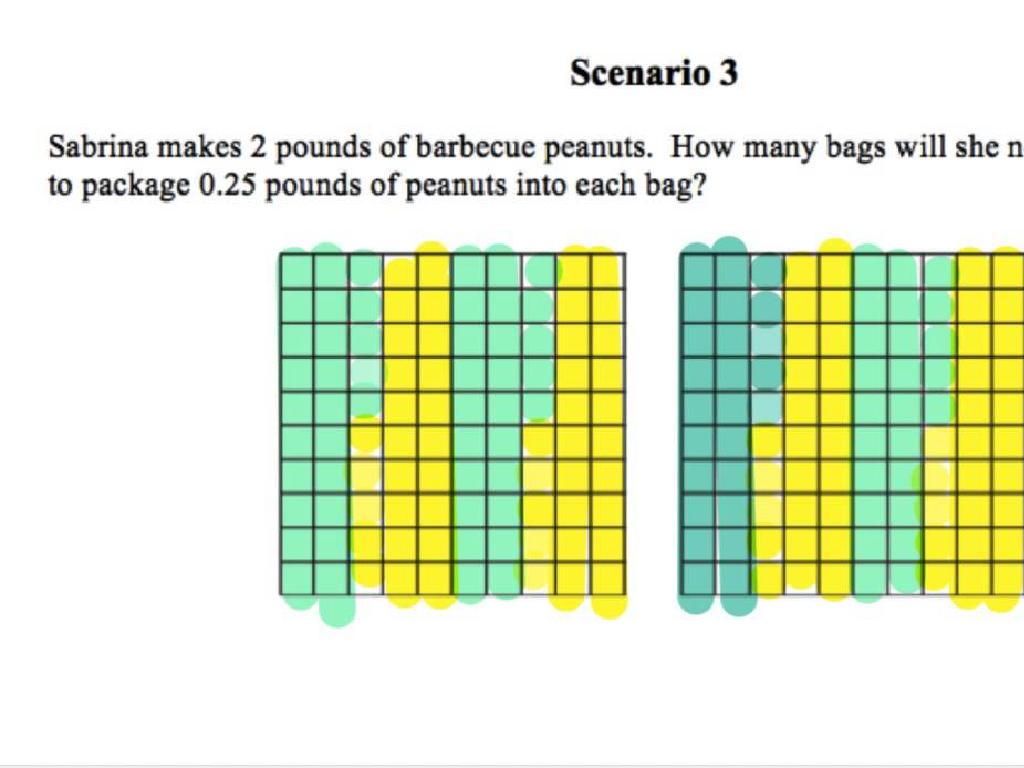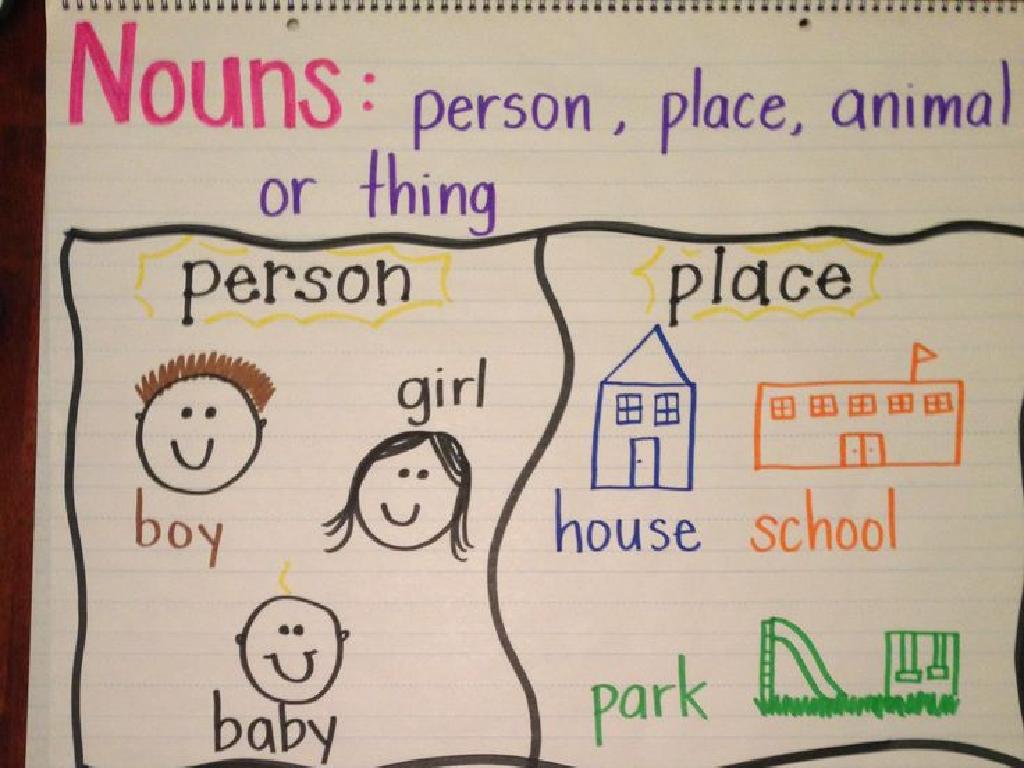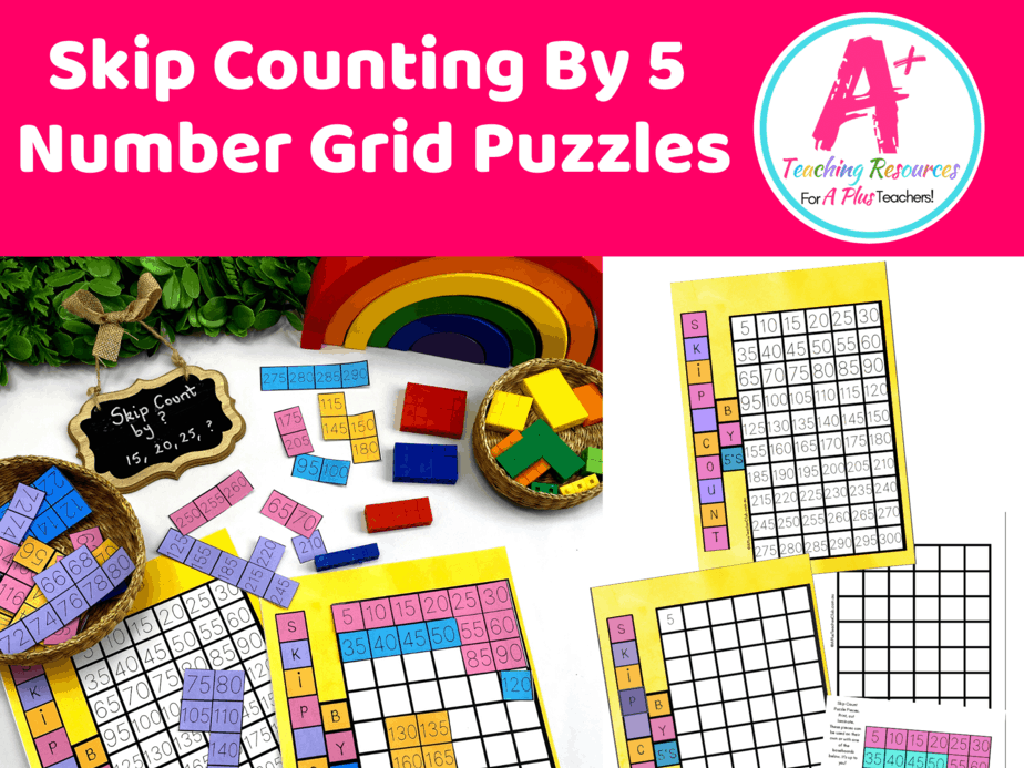Is It A Complete Sentence, A Fragment, Or A Run-On?
Subject: Language arts
Grade: Fifth grade
Topic: Sentences, Fragments, And Run-Ons
Please LOG IN to download the presentation. Access is available to registered users only.
View More Content
Welcome to Sentences!
– Learn: Sentences vs. Fragments vs. Run-ons
– Importance of recognizing differences
– Clear communication relies on understanding sentence structure.
– Activity: Crafting and analyzing sentences
– We’ll write sentences and then identify any fragments or run-ons.
– Spotting fragments and run-ons
– Learn to revise fragments and run-ons into complete sentences.
|
Today’s lesson aims to help students distinguish between complete sentences, fragments, and run-on sentences. Understanding the difference is crucial for clear and effective communication. During the activity, students will practice creating their own sentences and then work on identifying fragments and run-ons within those sentences. This hands-on approach will reinforce their learning and help them understand how to correct these common mistakes. Encourage students to think about the structure of sentences they read in their favorite books or use in their writing. The activity will involve peer review, allowing students to learn from each other’s work.
Exploring Complete Sentences
– Definition of a complete sentence
– A sentence with a subject, predicate, and a full thought.
– Example of a complete sentence
– ‘The cat (subject) is sleeping (predicate).’
– Identifying subjects in sentences
– Subjects are who or what the sentence is about.
– Finding predicates in sentences
– Predicates tell us what the subject is doing.
|
This slide introduces the concept of a complete sentence to the students. Start by explaining that every complete sentence must have a subject (who or what the sentence is about) and a predicate (what the subject is doing or what condition the subject is in), and it should express a complete thought. Use the example provided to illustrate these components. Then, engage the students with additional example sentences and guide them to identify the subjects and predicates. This will help them understand sentence structure and improve their writing skills. Encourage students to create their own sentences to solidify their understanding.
Understanding Sentence Fragments
– Define sentence fragment
– A fragment is an incomplete sentence that’s missing a subject, verb, or complete thought.
– Examples of incomplete fragments
– ‘Running fast to catch the bus.’ Why is this a fragment? It has no subject!
– Activity: Fixing fragments
– We’ll practice adding what’s missing to make fragments into complete sentences.
|
This slide introduces the concept of sentence fragments, which are groups of words that don’t form a complete sentence because they lack a subject, verb, or complete thought. Use examples to illustrate how fragments often leave the reader hanging, needing more information to form a complete idea. The activity will engage students in identifying and correcting fragments, helping them to understand the importance of complete sentences in effective communication. For the activity, provide sentences like ‘In the morning.’ or ‘Wanted to go to the park.’ and ask students to add the missing elements. Encourage creativity and share the results as a class.
Run-on Sentences: Spot and Fix Them!
– What’s a run-on sentence?
– A run-on sentence has too many ideas without proper punctuation.
– Spotting run-on sentences
– Example: ‘I love to write papers I would write one every day if I had the time.’
– Fixing run-on sentences
– Use punctuation or conjunctions to separate ideas.
– Practice time!
– We’ll correct run-ons together in class!
|
This slide introduces the concept of run-on sentences to the students. Begin by explaining that a run-on sentence is like trying to fit too many thoughts into one breath without pausing. Show examples of run-on sentences and guide students on how to identify them by looking for places where two main ideas are squished together without proper punctuation or conjunctions. Teach them how to correct run-ons by breaking them into separate sentences, using commas with conjunctions, or semicolons. During practice time, provide students with run-on sentences to correct and encourage them to explain their thought process.
Practice Time: Sentence Sleuths!
– Identify sentence types
– Is it complete, a fragment, or a run-on?
– Discuss with a partner
– Share your ideas and reasoning
– Review as a class
– We’ll go over the examples together
– Understand sentence structure
– Learn to recognize proper sentence construction
|
This slide is for a class activity where students will practice identifying different types of sentences. They will work in pairs to determine whether given examples are complete sentences, fragments, or run-ons, and discuss their reasoning. This collaborative approach encourages peer learning and critical thinking. After the activity, we’ll review the answers together, providing an opportunity for students to correct misunderstandings and reinforce their knowledge. The teacher should facilitate the discussion, ensuring that each pair has a chance to contribute and that the key concepts of sentence structure are clearly understood by all students.
Let’s Play a Game: Mastering Sentences!
– Sentence Construction Game
– Build a complete sentence using given words.
– Fragment Fix-Up Challenge
– Rewrite fragments to form complete sentences.
– Run-on Relay Race
– Split run-on sentences into correct sentences.
– Understanding sentence structure
|
This interactive slide is designed for a classroom activity to help students understand the structure of sentences, identify fragments, and correct run-on sentences. For the Sentence Construction Game, provide students with a set of words and challenge them to create a complete sentence. In the Fragment Fix-Up Challenge, present sentence fragments and ask students to revise them into complete sentences. During the Run-on Relay Race, students will work in teams to break down run-on sentences into separate, grammatically correct sentences. These activities will reinforce the lesson on sentence structure and provide a fun learning environment. Be prepared with examples and possible variations of the game to accommodate different learning paces.
Class Activity: Sentence Scavenger Hunt
– Find sentences in books/magazines
– Classify as sentence, fragment, or run-on
– Explain why you chose each classification
– Use clues like subjects, verbs, and punctuation
– Share discoveries with the class
|
This interactive group activity encourages students to apply their knowledge of sentence structures by identifying examples in real-world texts. Divide the class into small groups and provide a variety of reading materials. Each group should look for complete sentences, fragments, and run-on sentences. They must decide the category of their examples and be ready to justify their reasoning, using terms like ‘subject’, ‘predicate’, and ‘punctuation’. After the scavenger hunt, each group will present their findings, fostering a discussion on sentence structure. This will help reinforce their understanding and allow them to learn from each other’s examples. Possible variations of the activity could include finding examples in different genres, identifying the effect of sentence structure on the reader, or creating a wall display of their findings.
Wrapping Up: Sentences, Fragments, and Run-ons
– Recap: Identifying sentence types
– Homework: Create 15 examples
– Write 5 complete sentences, 5 fragments, and 5 run-ons.
– Discover: Conjunctions’ role
– How conjunctions connect clauses
– Next Class: Fixing run-ons
– We’ll use conjunctions to turn run-ons into proper sentences.
|
As we conclude today’s lesson, it’s important for students to understand why recognizing complete sentences, fragments, and run-ons is crucial for clear communication. For homework, students will reinforce their learning by creating their own examples, which will be reviewed in the next class. This exercise will help them better identify each sentence type. In our upcoming lesson, we will explore conjunctions and their ability to connect clauses, providing students with the tools to correct run-on sentences and improve their writing skills.






